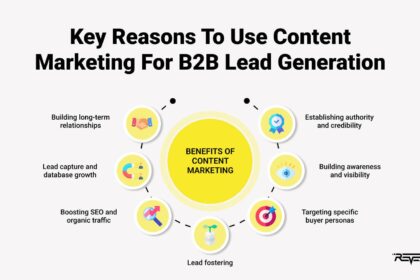In today’s fast-paced digital landscape, the key to staying ahead lies in the art of automation. As businesses strive to engage their audiences more effectively, marketing automation emerges as a powerful ally, offering a seamless blend of efficiency and personalization. But how do you transform the promise of automation into a structured strategy that drives genuine results? “Streamlining Success: Crafting Your Marketing Automation Strategy” delves into the essential components of developing a successful marketing automation framework. From understanding your target audience to selecting the right tools, this article serves as your roadmap for harnessing the full potential of automation, enabling your organization to connect, convert, and ultimately, succeed in an ever-evolving marketplace. Join us as we explore the building blocks of an effective marketing automation strategy that takes your efforts from chaotic to coherent, ensuring that your business not only adapts to change but thrives in it.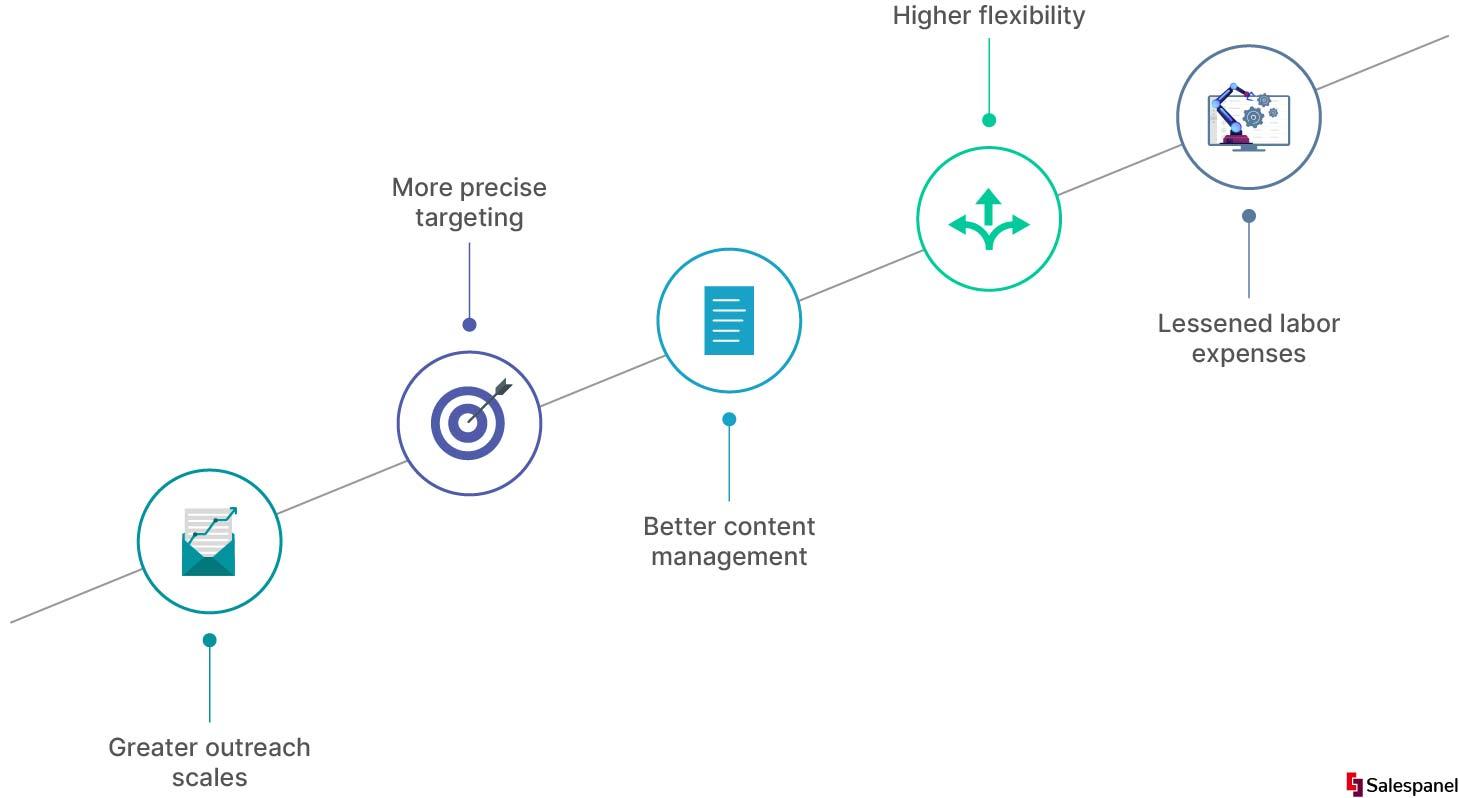
Identifying Your Goals: The Foundation of an Effective Marketing Automation Strategy
When embarking on the journey of marketing automation, the first step is to crystallize your objectives. Clearly defined goals are not just arbitrary targets; they serve as the cornerstone of your entire strategy. Identify what you want to achieve. Are you focused on increasing brand awareness, generating leads, or nurturing existing customers? By establishing specific, measurable, and time-bound goals, you create a clear direction that informs every element of your marketing automation efforts. This approach allows you to allocate resources efficiently and tailor your campaigns to directly address your desired outcomes.
To facilitate this process, consider developing a visual roadmap that outlines your milestones and desired achievements. This can be as simple as a list or as complex as a full-fledged Gantt chart. Here’s a brief breakdown of typical marketing automation goals:
| Goal Type | Description |
|---|---|
| Lead Generation | Attract and convert potential customers into leads. |
| User Engagement | Enhance interaction with content to increase retention. |
| Sales Growth | Boost revenue through automated upsells and promotions. |
| Brand Loyalty | Foster long-term relationships with existing customers. |
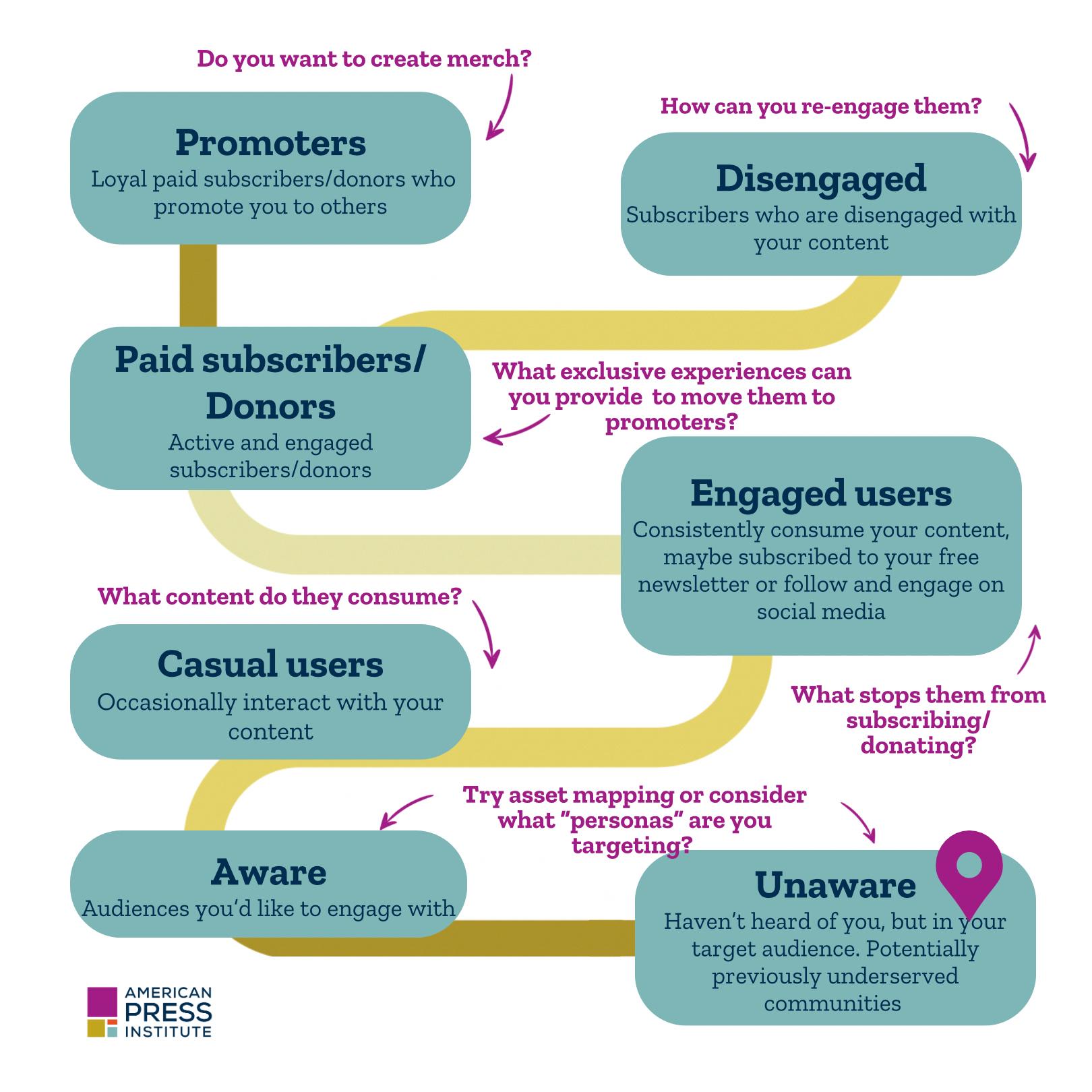
Mapping Your Audience: Creating Personalized Experiences Through Data
Understanding your audience is the cornerstone of an effective marketing automation strategy. By utilizing data analytics, you can gain invaluable insights into customer behaviors, preferences, and demographics. This allows you to create detailed personas that reflect the diverse segments of your target market. Consider implementing these key strategies to enhance your audience mapping:
- Segmentation: Divide your audience into smaller groups based on specific criteria, such as purchasing behavior or geographic location.
- Behavior Tracking: Monitor how users interact with your content across platforms to identify patterns and preferences.
- Feedback Loops: Use surveys and feedback forms to gather qualitative data on customer experience and expectations.
Once you have a clearer picture of your audience, you can tailor your marketing efforts to resonate more deeply. Personalization becomes key, as data-driven insights allow you to deliver *relevant content* and recommendations that speak directly to individual needs. For instance, consider automating the following personalized experiences:
| Personalization Tactic | Benefit |
|---|---|
| Dynamic Content | Increases engagement by displaying relevant information based on user behavior. |
| Targeted Email Campaigns | Boosts conversion rates through messages tailored to specific segments. |
| Personalized Recommendations | Enhances user experience by suggesting products or services aligned with user interests. |
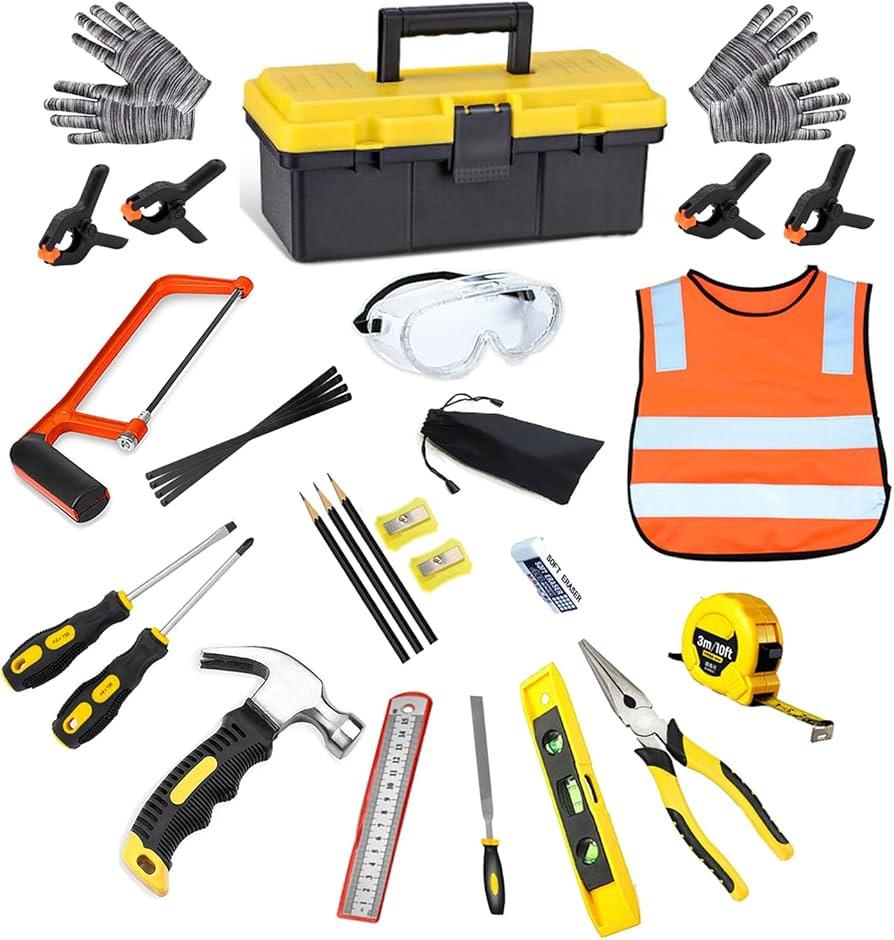
Choosing the Right Tools: Essential Features for Seamless Integration
When selecting tools for your marketing automation strategy, it’s crucial to emphasize features that promote seamless integration with your existing systems. Look for platforms that offer API accessibility, enabling you to connect with other software and applications effortlessly. Additionally, consider tools with built-in CRM capabilities, allowing you to manage customer relationships and data in one centralized location. The ability to create personalized customer experiences hinges on having a unified view of your audience, so seek out solutions that provide data synchronization across multiple channels.
Furthermore, the user interface should be intuitive; a seamless user experience can significantly reduce the time it takes for your team to adapt. Prioritize tools that include comprehensive reporting and analytics features, allowing you to monitor performance metrics and adjust your strategies as needed. Here’s a quick overview of essential features to keep in mind:
| Feature | Description |
|---|---|
| API Integration | Easily connects with other software tools. |
| CRM Integration | Centralized management of customer relationships. |
| Data Synchronization | Ensures consistency across all platforms. |
| User Experience | Simple, intuitive interfaces for quick adaptation. |
| Reporting & Analytics | Track performance metrics in real-time. |
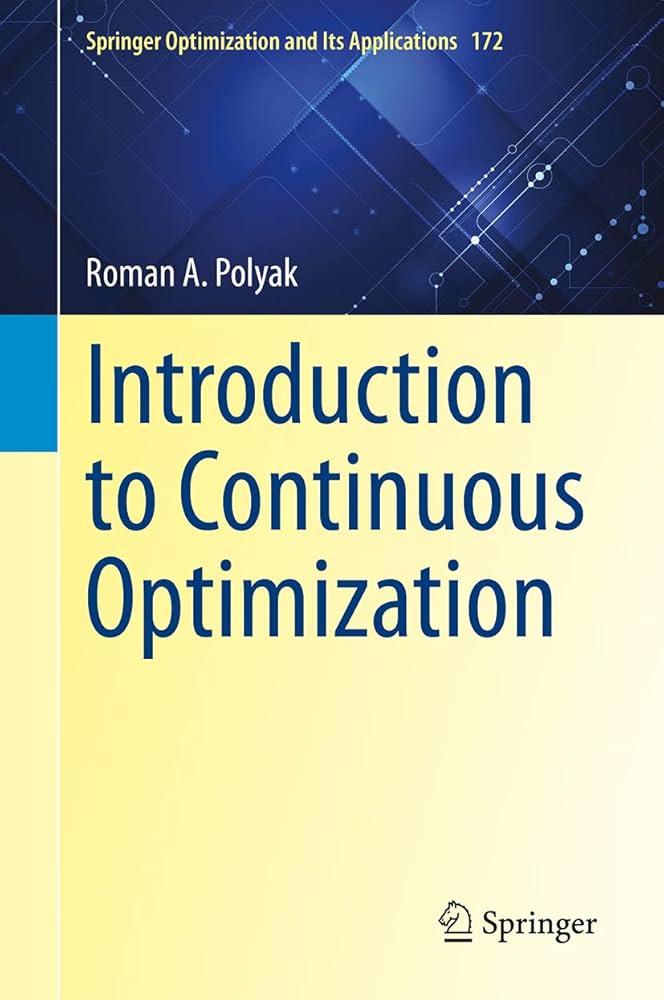
Continuous Optimization: Measuring Success and Adapting Your Approach
In the fast-paced world of marketing automation, success is not a static achievement but an evolving journey. To ensure your strategy remains effective, it’s crucial to implement a robust measurement system that tracks key performance indicators (KPIs). These may include metrics such as conversion rates, customer engagement levels, and return on investment (ROI). By regularly analyzing these data points, you can identify areas that need improvement and understand which tactics are driving results. Consider implementing a structured process that enables you to gather feedback and refine your strategy, fostering a culture of continuous learning within your team.
Adapting your marketing automation approach requires a well-defined framework for strategic adjustments. Start by setting clear goals that align with your business objectives and zero in on the specific metrics indicative of your performance. Utilize tools that streamline data collection and visualization, allowing for real-time monitoring of your campaigns. Additionally, involve your team in brainstorming sessions to foster innovative solutions to emerging challenges. An effective adaptation process might look like this:
| Action | Purpose | Frequency |
|---|---|---|
| Data Review | Assess performance metrics | Monthly |
| Team Assessment | Gather team insights | Quarterly |
| Strategy Adjustment | Refine campaigns based on data | As Needed |
Ensuring that this iterative process is both flexible and responsive will empower your marketing strategy to not just keep pace with change, but to thrive within it.
In Conclusion
Conclusion: Your Path to Efficient Growth
As you embark on the journey of crafting your marketing automation strategy, remember that success is not just about technology—it’s about understanding your audience and refining your approach. Streamlining your processes can lead to increased efficiency and deeper connections with your customers, ultimately paving the way for sustainable growth.
Take the time to evaluate your current practices, embrace the tools that align with your goals, and remain adaptable in an ever-evolving digital landscape. As you implement the strategies outlined in this article, keep in mind that the road to automation is a continuous process of learning and refinement.
By harnessing the power of marketing automation, you not only save time and resources but also create a framework that allows you to focus on what truly matters: building meaningful relationships with your audience. So, take a deep breath, trust the process, and watch as your streamlining efforts transform into a cascade of success. The future is automated, and your journey has just begun.


